To finally move past my fear, and get some more movement in my life, last weekend I went and got a mouthguard, geared up in elbow, knee, and wrist guards, plus a helmet and took to the boardwalk on my roller blades . It was kind of embarrassing, but eventually, I got back into the swing of it and got some practice avoiding rocks and other random things on the trail.
I didn’t like how unstable my ankles felt, so I swapped out my blades for the more traditional side-by-side 4 wheel skates with a toe brake, and it’s a whole new learning curve. Trying to skate with them for the first time on a slight incline with high winds probably didn’t help much. But, while, I was skating, it got me thinking- who the heck came up with the idea to put some wheels on shoes and wheel around? So, I looked into it. I figured the Victorians had something to do with it since they had a thing for potentially dangerous modes of transportation...
Early Skates
| The history of roller skates begins, surprisingly, way back in 1760, when a Belgian man named John Joseph Merlin put wheels on his feet to show off his new “skaites” and wheeled around a masquerade party while playing the violin (I wish I was making this up). He wasn’t a well balanced person, and his skates lacked breaks, so he ended up crashing into a mirror, breaking his violin, and getting seriously injured. He is credited with inventing the “inline skates” oftentimes now known as rollerblades with this wacky debut. The broken mirror didn't curse the invention however, it would just be a few decades before it was picked up again. |
| 1823 saw the creation of the first 5 wheel inline skate that was attached to a boot, named Rolito (also "Volito" and patented by Robert John Tyers of London. They were not very maneuverable, but are some of the earliest skates that resemble today’s inline skates. The patent drawing is to the left, and an advertisement, part of which reads " the fellow [on the skates] has got wings on his heels" |
The "Rocker Skates" and the Arrival of the Modern Skate
| In 1863, James Plimpton designed a new quad skate that could be steered by the wearer leaning left or right, just how the quad skates operate today. These “rocker skates” were lighter and safer to operate than the all metal predecessors. It wasn’t until 1876 that the toe stop was patented. At this time, labor laws were slim, meaning that workers were working 12-14 hour days, depending on the industry. Skating was an upper class pursuit, since they had the time, energy, and money to do it, and skaters wore tuxedos and formal dresses. In the early 20th century, labor laws strengthened and provided some space for pastimes in the working class. James Plimpton also took to marketing his new roller skates to generate interest (and sales), opening roller skating rinks, offering lessons, and promoting roller skating as a past time that could be enjoyed by men and women, which was relatively unusual in the Victorian period. This meant young couples could meet and skate together with less rigid chaperoning than in other settings. |
These early skate iterations were usually still metal, with straps that attached to your shoes, making them removable. They didn’t roll very smoothly, and were still rudimentary and metal.
In 1898, the quad skate reached the form that we recognize today, with ball bearings in the wheels to encourage smooth rolling of the wheels. Production materials have changed since then, but the structure is generally the same. Improvements in plastics have made them more lightweight and replaced some of the metal pieces that used to be in the skates.
The Golden Age of Skating and Skating in the Modern Era
Humboldt County and Skating
Locally, roller derby picked up in 2006 when Humboldt Roller Derby founder Jennifer McMahon started Humboldt Roller Derby. The early team trained at the Blue Lake Roller Rink with former football coach Coach Mojo. They began competing in 2008 as the North Jetty Bettys and the Widow Makers, and have since become a nonprofit organization, donated $25,000 to local organizations, established a youth team called the Redwood Saplings, and have traveled nationally and internationally to compete in tournaments. Their season this year was put on hold, but you’ll frequently see people decked out in HRD gear zipping around on their skates.
| Local places to skate include the Blue Lake Roller Rink hosted by the Blue Lake Parks and Rec department and the Municipal Auditorium in Eureka on Friday nights. Be sure to check if they’re operating. As of this writing, both were still closed to the public due to COVID. In the meantime, hit the boardwalk or the bay trail with those skates that have been collecting dust- you might see me scuffling along while I figure out how to glide gracefully. | Sources and Additional Info: https://www.youtube.com/watch?v=EyU1TPdJzgk https://calhum.org/the-civil-rights-history-of-roller-skating/ https://dead-rinks.weebly.com/us-rinks.html https://www.thoughtco.com/history-of-roller-skates-1992385 https://www.theengineer.co.uk/the-birth-of-the-roller-skate/ https://daily.jstor.org/the-history-behind-the-roller-skating-trend/ https://www.theatlantic.com/business/archive/2014/05/whatever-happened-to-roller-skating/362100/ Additional types of roller skates: http://pedespeed.blogspot.com/ http://onewheelskate.tripod.com/ https://en.wikipedia.org/wiki/Roller_skating#/media/File:Roller_skates,_1910.jpg |



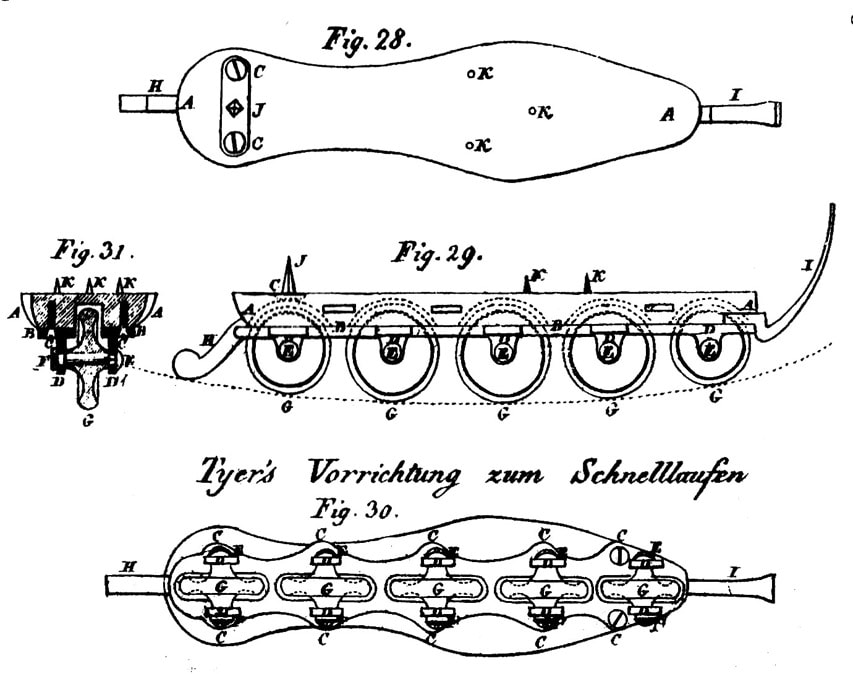
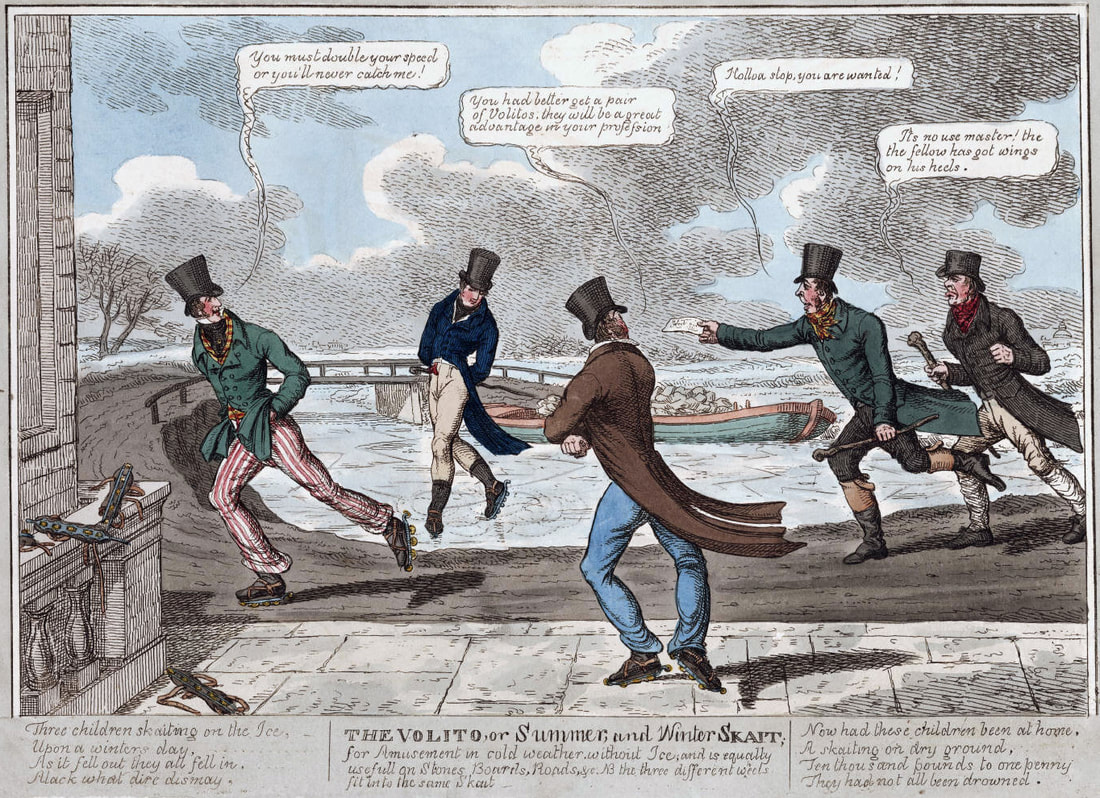
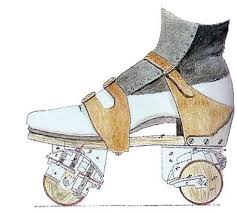
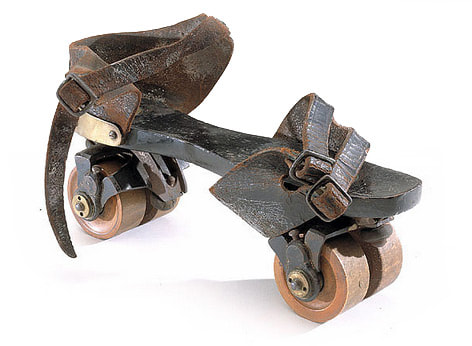
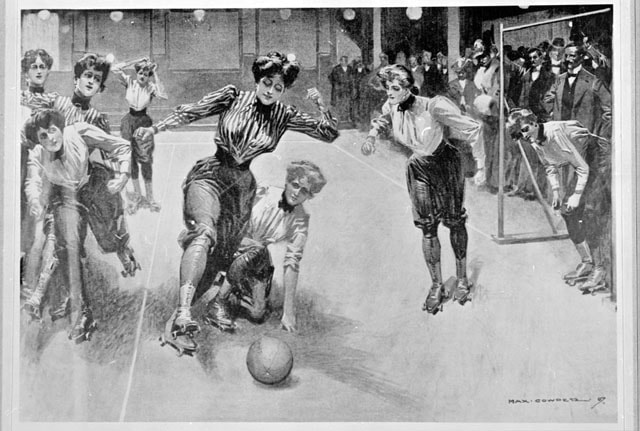

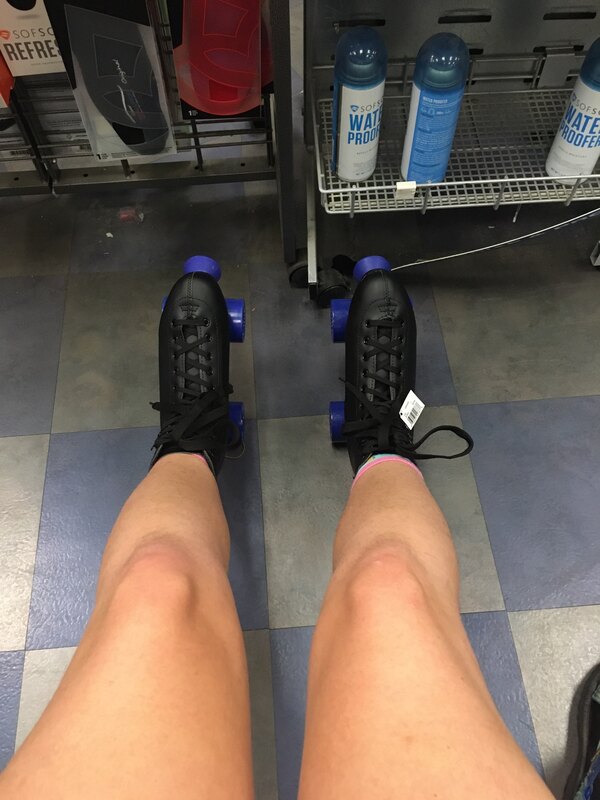
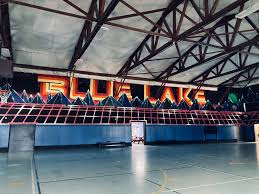
 RSS Feed
RSS Feed